The 32-credit Environmental Observation and Informatics (EOI) curriculum provides the expertise that the market demands, focusing specifically on three pillars.
![]()
Remote sensing
and integrated technology
Learn the fundamentals of earth observation by interpreting aerial photos and satellite data, then quickly advance to learn and apply new technology such as drones, LiDAR and radar, and cloud computing.
![]()
Modeling
and analysis
Construct scenarios and models of environmental phenomena, natural processes, and human actions to predict and project future outcomes and inform decision making.
![]()
Innovative
leadership
Drive strategic thinking to design and manage the use of observation technologies to advance policy, program direction, and executive decisions.
Details and Timeline
Here’s how the 15-month curriculum program breaks down each semester.
First Summer
In Person at UW-Madison
Kick off the summer with a two-week intensive seminar that includes:
- Field trips to learn about local conservation issues
- Social events to meet members of our professional network
- Classroom lectures and discussions to learn about the relevance of people skills and self-reflection for a variety of environmental topics
Fall Semester
In Person at UW-Madison
Campus will be buzzing with students in the fall as you dive deeper into the applications and analysis of spatial data. The two technical courses in GIS and remote sensing give you hands-on experience working with local and global conservation organizations, and with cloud computing platforms and open-source applications.
Spring Semester
In person
The spring semester has a series of one-credit modules that are frequently updated based on what you need. In addition, you will be a master of earth observation by learning advanced image processing techniques and the emerging technologies.
Second Summer
Distance
The final summer of the program is all about practical hands-on learning. By this time, you will have worked with program staff and a partner organization to develop a project that is just for you. Under the guidance of a faculty advisor and supervision of your host organization, you will execute your plan and set yourself up to enter the workforce with your new skills and credentials.
Looking for More Detail?
Instructors
All courses are taught by UW-Madison faculty and instructional staff who are passionate about this field and excited to bring you into it. Here are a few of the core instructors for the Environmental Observation and Informatics curriculum.
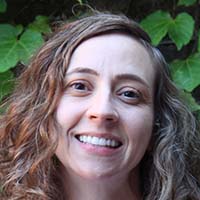
Annemarie Schneider
Associate Professor of Environmental Studies
aschneider4@wisc.edu
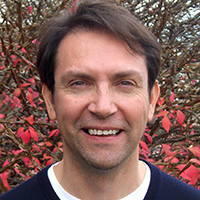
Mutlu Ozdogan
Associate Professor of Forest Ecology and Environmental Studies
ozdogan@wisc.edu
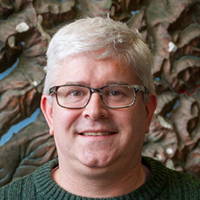
Nathan Schulfer
Program Director
schulfer@wisc.edu
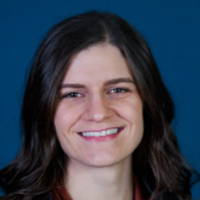
Meghan Kautzer
Assistant Director
mkautzer@wisc.edu
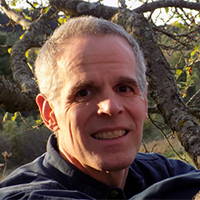
John Gillett
Lecturer, Department of Statistics
jgillett@stat.wisc.edu
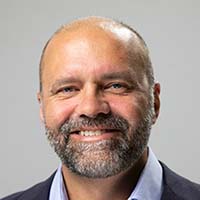
Edward Boswell
Teaching Faculty
epboswell@wisc.edu
Ready to Apply?
Check out the program requirements and qualifications, view the application timeline, and find tuition information and financial assistance.